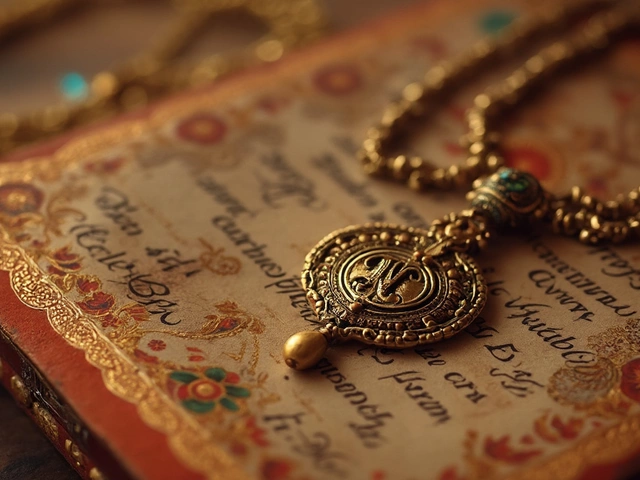Nose Pin Symbolism: What It Means and How to Wear It
Ever wondered why nose pins are a must‑have for many Indian women? It’s not just a fashion statement. From ancient rituals to today’s street style, a nose pin can carry love, power, or even protection. Below we break down the core meanings, cultural back‑stories, and simple tips to choose a pin that tells your own story.
Cultural roots of nose pins
In Hindu mythology, the nose is linked to the goddess Parvati, who represents fertility and marital bliss. Historically, a bride wearing a nose ring signaled that she was ready for marriage and honored her family’s traditions. Different regions added their own twist – in Rajasthan a tiny stud called a “nath” is often paired with bangles, while in South India a bigger hoop symbolizes wealth and status.
Religion also plays a role. Sikh and Muslim communities have embraced nose studs for centuries, each attaching unique meanings. For Sikh women, a simple gold stud is a sign of modesty; in Muslim families, the nose pin often marks a girl’s transition to womanhood. The common thread? A nose pin is a visible reminder of identity, faith, and family ties.
Modern meanings and how to choose
Today, the symbolism has stretched beyond rituals. Many wear nose pins as an expression of personal style, confidence, or to honor their heritage while staying contemporary. A delicate gold stud can say “I love classic elegance,” whereas a bold jewel‑encrusted hoop might shout “I’m here to stand out.”
Choosing the right pin starts with your face shape. If you have a round face, a vertical stud elongates the look. For oval faces, a small hoop balances the natural curves. Skin tone matters, too – warm tones pair nicely with yellow gold, while cooler complexions shine with white gold or platinum.
Material matters for both look and health. Pure gold (22K or 24K) is hypoallergenic and lasts generations, but if you’re on a budget, sterling silver with a gold plating works well. Always check for a BIS hallmark if you’re buying gold in India – it guarantees purity.Beyond aesthetics, consider the story you want to tell. If you’re honoring a family tradition, pick a design similar to what your mother or grandmother wore. If you’re creating a new vibe, blend traditional elements (like a tiny pearl) with modern twists (like a geometric shape).
Maintenance is simple: keep the pin clean with mild soap and dry it thoroughly before storing. If you’re new to nose piercings, let a professional piercer handle the first pass – they’ll recommend the right gauge and give after‑care tips to avoid infection.
In short, a nose pin is more than an accessory. It’s a piece of culture, a personal badge, and a style statement all in one. Whether you’re wearing it for a wedding, a festival, or everyday confidence, let the pin reflect both where you come from and where you’re heading.
Nose Pin Symbolism: What Does It Really Mean?
Nose pins are not just a fashion trend; they're rich in cultural and historical significance. From weddings in India to style statements in the West, nose pins carry unique meanings and symbolism. This article explores the various interpretations of nose pins across different cultures and their evolving designs. Whether it’s a symbol of femininity, marital status, or rebellion, nose pins offer more than meets the eye.





